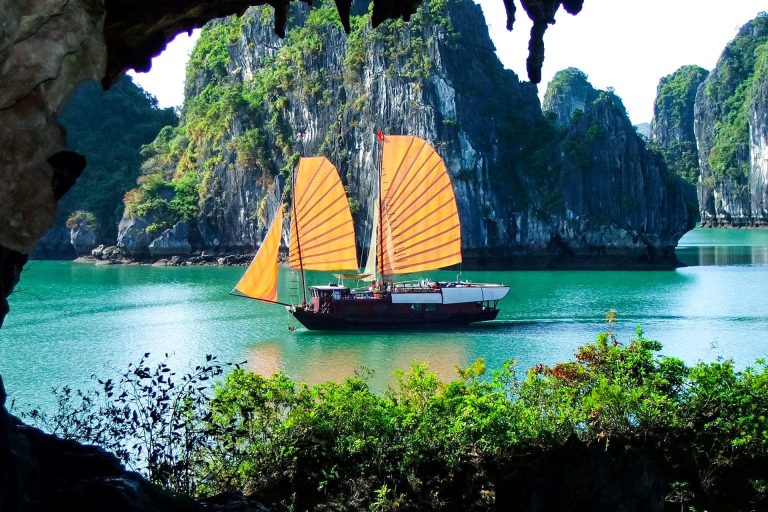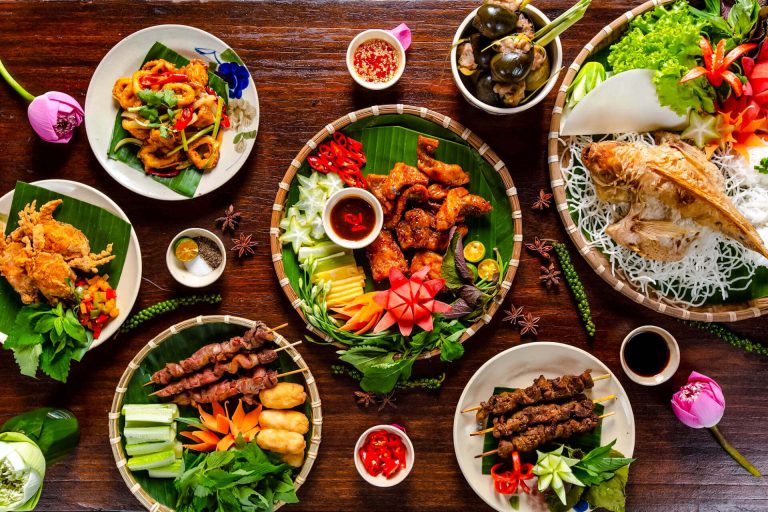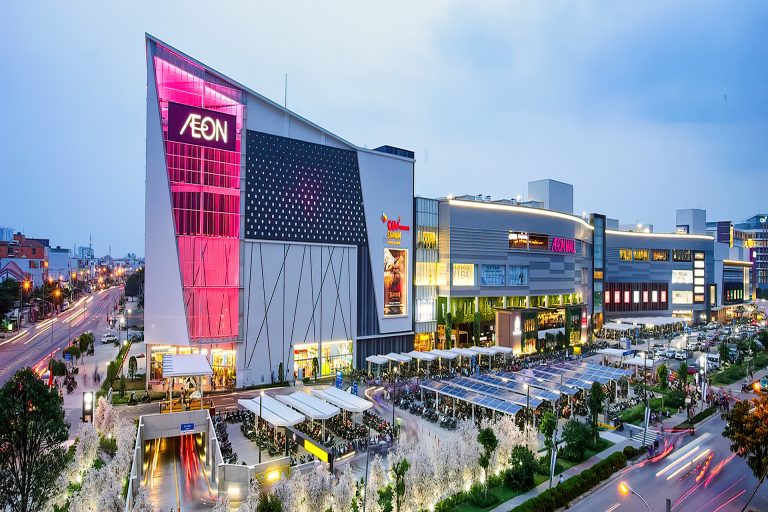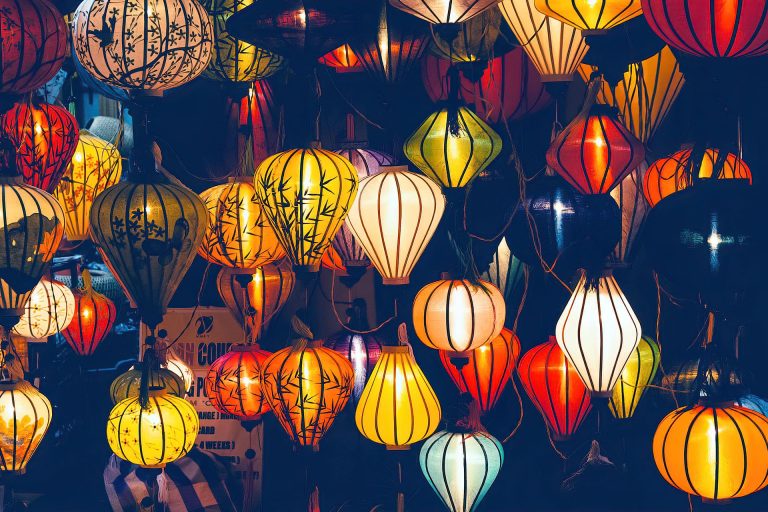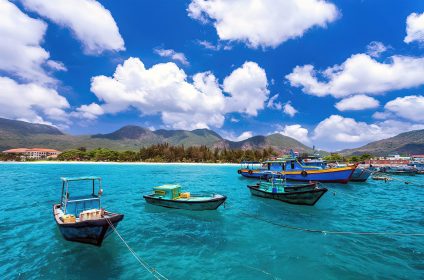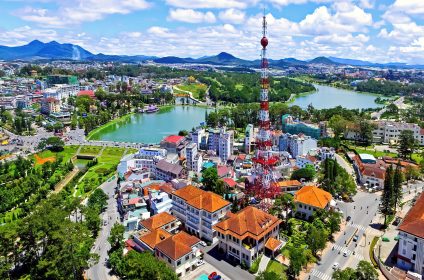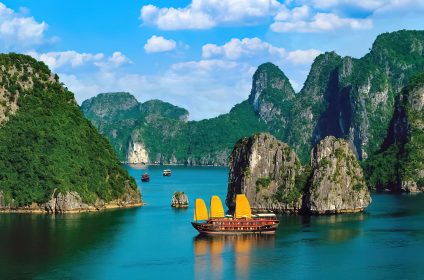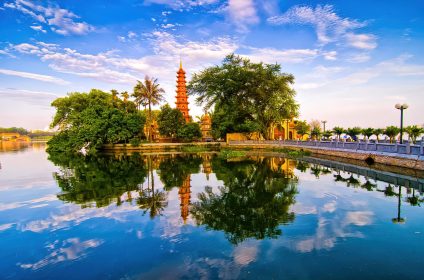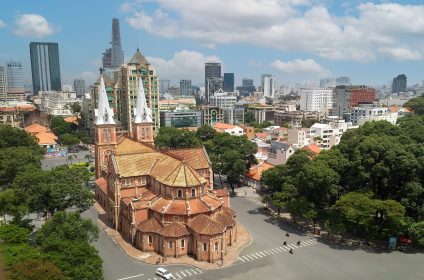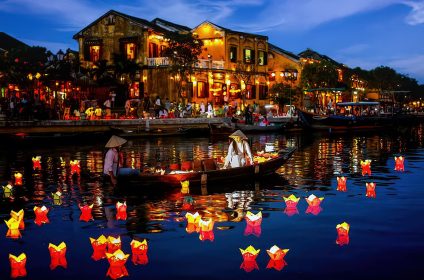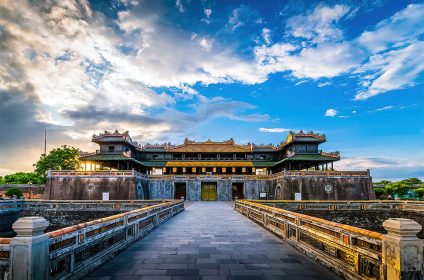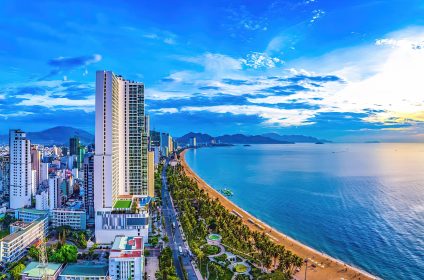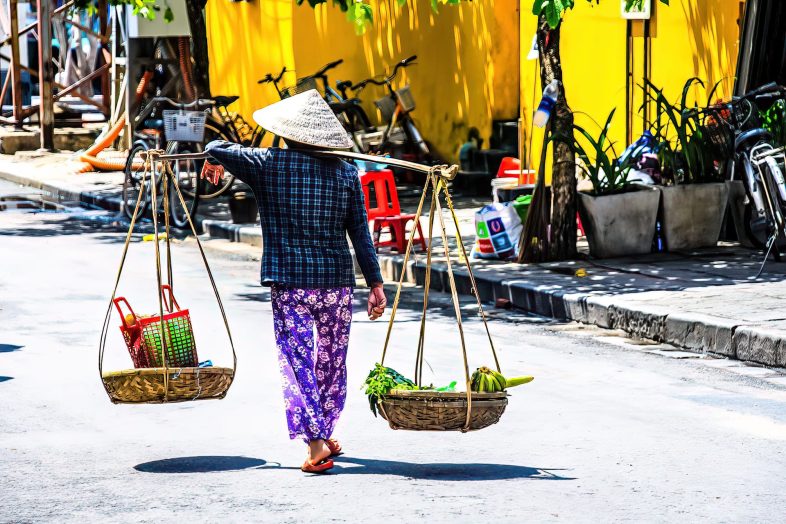
Culture Of Vietnam
The culture of Vietnamese people has developed from the ancient ông Sn’s indigenous culture that depended on wet rice farming. Some aspects of the national culture have Chinese antecedents, and their traditional system of government and philosophy contains elements of Confucianism and Taoism. Vietnam’s cultural framework is structured around yng (ancestral villages); a Vietnamese common ancestral birthday takes place on the tenth day of the third lunar month. Additionally, immigrants from Cantonese, Hakka, Hokkien-Fujian, and Hainan can be identified; these are also influenced by Buddhism as they are related to popular religions in Vietnam. Western cultural influences have been seen in Vietnam recently, especially those from France and the US.
Humanity (nhân ngha) and harmony (ha) form the core values of Vietnamese traditional culture; it highly values family life and community spirit. In Vietnam, reverence is given to a dragon which originally originates from crocodile or serpent images; Lạc Long Quân was considered as a sacred dragon representing Vietnam’s national father. Turtles and horses also represent major emblems such as lac that is a sacred bird symbolizing Âu Cơ who is Vietnam’s national mother.
Vietnam’s present-day cultural scene has suffered heavy damage at the hands of state-owned media and cultural programs. Over several decades foreign cultures’ influence was not taken into consideration with specific emphasis on western cultures. Nevertheless since 1990s till date there have been increased contacts between Southeast Asian, European and American cultures with Vietnam.
Media
The government controls the media sector in Vietnam by means of a Publication Law of 2004. Some newspapers are very free with their words but it is generally believed that the Vietnamese media industry is heavily controlled by the state and must conform to the official communist party line. The national broadcaster is Vietnam Television while The Voice of Vietnam is the official state broadcaster which transmits overseas on shortwave through leased transmitters in different nations and also provides programs through its website.
Vietnam has extensively restricted access to public internet since 1997 through legislative and technical approaches. The resulting obstacle popularly referred to as “Bamboo Firewall”. According to OpenNet Initiative Community Project, Vietnam’s level of online political censorship is “pervasive” while Reporters Without Borders lists Vietnam among 15 world “internet enemies.” Although vulgar or sexually explicit materials are claimed to be restricted by Vietnamese government, many politically and religiously sensitive websites are blocked too.
Music
Northern and southern regions of Vietnam have dissimilar traditional music. The most ancient and official Vietnam’s kind of music is that which is played in the classical way by the Northerners. Vietnamese classical music stems from the Mongol invasions of the 13th century during which Vietnamese people abducted a Chinese opera group. The history of Vietnam shows that it, besides Korea, Mongolia and Japan, has had more influence from Chinese musical culture than any other one since it is an integral part of this tradition in China. Nhã nhạc is a type of imperial court music that is very popular in Vietnam. Sarcasm usually characterizes Chèo theater performances. Hát xẩm or Xẩm singing is one form of Vietnamese folk songs.
Quan ho (alternative singing)is typical across the whole country especially in Hà Bac province (Bc Ninh & Bc Giang). Spirits during ceremonies are summoned by hát chau văn also known as hát văn. In addition to these examples, there are many forms in contemporary Vietnamese folk music that came into being in 1950s”. Ca trù (also hát ả đào) is another famous folk song style.” Quan ho” cannot be considered as “Hò” from South . Traditional instruments include the Đàn bầu (one-stringed zither), the Đàn gáo (two-stringed violin with coconut body), and the Đàn nguyệt (two-stringed moon lute).
Clothes
The áo dài, which is a ceremonial dress, is worn in important occasions like wedding and religious holidays. Girls in most Vietnamese secondary schools are supposed to put on the white áo dài. In the past, both sexes were using Áo dài but now it has become predominantly for women with men wearing it on special days such as traditional weddings. These include thân áo tứ which is a four-piece women’s dress; thân áo ngũ, a five-piece version of thân primarily worn in the north part of the country; yếm, women’s underwear; pyjamas for farming by men and women áo bà ba; tunic for government functions made out of brocade called áo gấm; and finally, at weddings brides and grooms wear variations of this called thân áo the or thân áo gấm. Traditional headwear includes nón lá (a standard conical hat) and “lampshade” type nón quai thao (non quai Thao).
Sport
Vovinam and Bnh Nh are two of the commonly practiced marshal arts in Vietnam while football is the most popular team sport. The national squad won the ASEAN Football Championship in 2008. Other notable western sports include badminton, table tennis, volleyball, tennis and chess.
Vietnam has participated in the Summer Olympics since 1952 when it was still referred to as State of Vietnam. After its division into two separate countries in 1954 only South Vietnam represented at the Games, with athletes from this territory featuring at the 1956 and 1972 Olympic Games respectively. Since this reunification occurred in 1976, Summer Olympic Games have been played under a common name Socialist Republic Vietnam, which has also consecutively participated in all Summer Olympics ever since1988. The existing Vietnamese National Olympic Committee dates back to 1976 but it was not admitted into IOC membership until three years later (IOC). During that period up to now, there is no any record showing that Vietnam had ever competed during Winter Olympics till date (2014). In Rio Olympics held last year (2016), Vietnam got their first gold medal ever.
Cuisine
There are five taste “ingredients” that make up the traditional Vietnamese food, which include spicy (metal), sour (wood), bitter (fire), salty (water) and sweet (earth). Fish sauce, shrimp paste, soy sauce, rice, fresh herbs, fruits, and vegetables are common foods. These are included in lemongrass, ginger mint Vietnamese mint long coriander Saigon cinnamon bird’s eye pepper lime basil leaves are all used in Vietnamese dishes. Traditional Vietnamese cuisines utilize fresh ingredients and have little oil but use herbs and vegetables which make them to be among the world’s healthiest foods.
As a result of lower temperatures in the north that limits their production and availability of spices compared to those of south Vietnam meal is normally less fiery. Black paper rather than chillies is employed for hotness. In times gone by when meat was scarce chicken hog cattle fish from freshwater sources as well as crustaceans especially crabs were in plenty. They comprise fish sauce soy sauce shrimp paste and lime without forgetting all sauces for seafood broth which will add flavor to any given dish at home with fresh ingredients still keeping it simple like many traditional Vietnamese cuisines like bn riêu or bánh cun began up north and brought down south by migrants.





